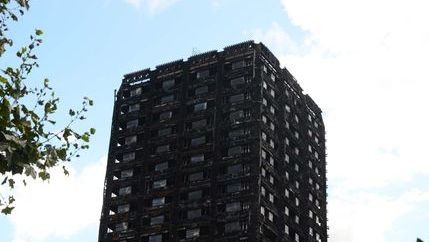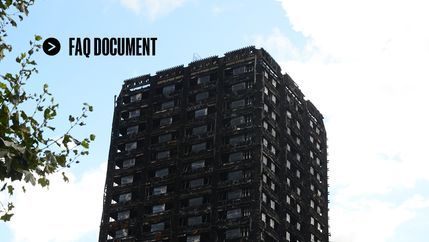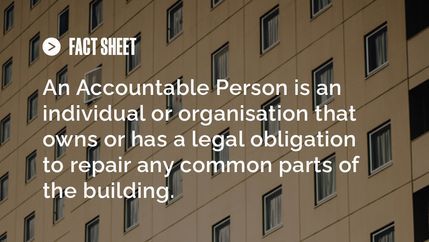
In outlining the major themes of the report, Moore-Bick highlighted several key recommendations. These include appointing a regulator to oversee all aspects of the construction industry, consolidating responsibility for all fire safety matters under a single government department, and introducing mandatory fire safety strategies for higher-risk buildings.
Rethink what makes a building high risk
The Inquiry report calls for an urgent review of the definition of 'high risk' under the Building Safety Act, criticizing the current use of building height as the sole qualifying criterion. The report argues that it would be more appropriate to consider factors such as the building's use and the potential challenges in evacuating vulnerable individuals during a fire or other emergency.
Keep Building Regulations under constant review
The Inquiry's findings revealed a concerning lack of competence and understanding of Building Regulations and statutory guidance within the construction industry. The report recommends that Approved Document B, which provides statutory guidance on fire safety in and around buildings, be updated immediately to clarify compliance requirements. Furthermore, it suggests that the document be subject to regular reviews to ensure it reflects advancements in materials and building methods.
Fire safety strategies and registered fire engineers
The Inquiry recommends that building control applications for the construction or refurbishment of higher-risk buildings include a fire safety strategy developed by a registered fire engineer. To support this, the report advises that the UK Government establish mandatory accreditation to certify the competence of fire risk assessors, setting standards for qualification and continuing professional development.
Protection for vulnerable residents
The report emphasizes that fire safety strategies must account for the needs of vulnerable individuals, considering the additional time they may require to evacuate or reach a safe area and any necessary facilities to ensure their safety.
While the Phase 1 report recommended that owners and managers of high-rise buildings be legally required to prepare personal emergency evacuation plans for residents needing assistance, this has not yet been implemented. The Phase 2 report urges the UK Government to revisit this recommendation.
The Building Safety Act 2022
The UK Government’s legislative response to the Phase 1 report received Royal Assent in April 2022, aims to provide more rights, powers and protections for residents of high-risk buildings, to reduce the risk of fire in buildings over 18 metres in height, and to reduce the risk of death if a fire does occur.
Key changes introduced by the Act include the establishment of the Building Safety Regulator, a system for remediating historic building defects, and a "Responsible Persons" regime that places specific duties on key individuals and organizations to manage and mitigate safety risks.








